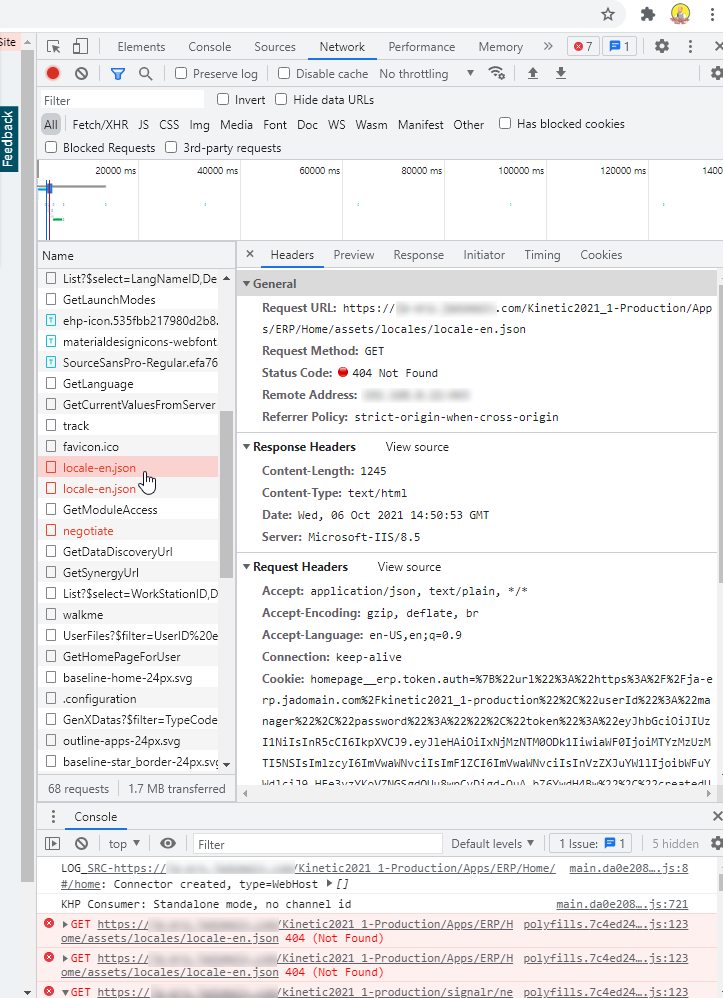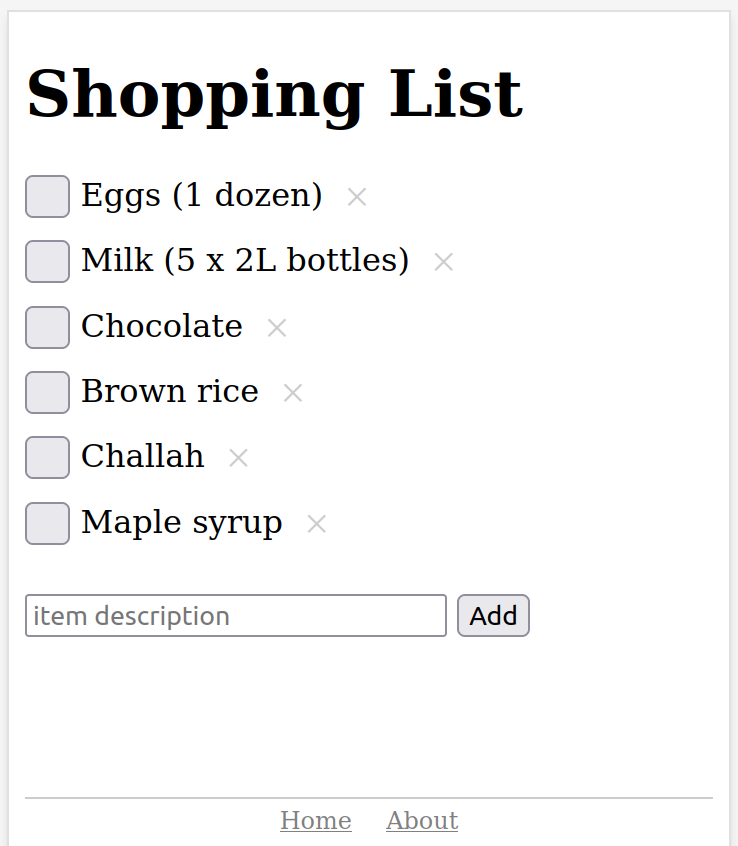
- #How to make a list of usernames and passwords in js how to#
- #How to make a list of usernames and passwords in js software#
- #How to make a list of usernames and passwords in js password#
But if that information is already stored on the client side, it’s no longer secure. In your web application, you can conditionally render views to show different content to different users. It’s well-known that the client side is unsafe due to its exposed nature.
#How to make a list of usernames and passwords in js how to#
How to secure a React app with basic server-side login authenticationĮditor’s note: This React and Express.js authentication tutorial was last updated on but may still contain information that is out of date.
#How to make a list of usernames and passwords in js software#
If you’re worried that your database security is not configured properly please reach out to us at Object Rocket and your data will be in safe hands.Doğacan Bilgili Follow A software developer who is also into 3D-modeling and animation. Due to the default configuration of Mongodb, the database is at risk of intrusion and must be prevented by creating database usernames and passwords. When using the database, we must be aware of security risks. Super account, great resolution Conclusion Root: This is only accessible in the admin database. ReadWriteAnyDatabase: is only available in the administrator database and give the user read and write permissions to all databases.ĭbAdminAnyDatabase: is only available in the administrator database and give the user dbAdmin rights for all databases.

UserAdminAnyDatabase: is only available in the Administrator database and give all databases userAdmin permissions. ReadAnyDatabase: is only available in the administrator database and give the user read access to all databases. You can create, delete, and manage users in the specified database.ĬlusterAdmin: Available only in the administrator database, which gives the user administrator rights to all shards and replication set related functions.ĭbAdmin: This allows the users to run administrative functions in a specified database, such as, creating an index, viewing statistics, deleting,, or accessing system profile. UserAdmin: Allows users to write to the system. ReadWrite: Allow the user to read and write to the specified database Read: Allow users to read the specified database. Superuser role: root // There are several roles that provide indirect or direct access to the system superuser (userAdmin, dbOwner, userAdminAnyDatabase) MongoDB Database Roles Built-in rolesĭatabase management roles: dbOwner, dbAdmin, userAdminĬluster management roles: clusterManager ,clusterAdmin, hostManager, clusterMonitorĪll database roles: readWriteAnyDatabase, readAnyDatabase, dbAdminAnyDatabase, userAdminAnyDatabase Run the external network from the machine’s command line:Īnother thing to keep in mind is that, by default, the connection method still has super permissions when there are no users in the administration library, even if users are created in other databases. Run the external network from the machine’s command line On the following aspects it may be prohibited. Network configuration – Because network configuration varies from person to person, it must be configured for the actual environment and no redundancy is required.Prohibit public network access to Mongodb port.Open the port of Mongodb in the public network.Access to the device is possible via the public network.Run Mongodb with Mongod standard command.

Here are the steps to take for creating username and password.
#How to make a list of usernames and passwords in js password#
In this section I will guide you through creating a database username and password so that you can protect your data. MongoDB Create Database Username Password Note: In MongoDB, collections are created only after inserting content! That is, after creating a collection (data table), a document (record) is inserted and actually a collection is created. If you do not create a new database, the collection is stored in a test database. The MongoDB syntax for creating a database is as follows: Only users with database authentication can read, write, and verify account security. If you need to use security authentication for your MongoDB database, you must use auth to enable security auditing. Read Also: Learn How to secure MongoDB Community Version Using Authentication () If the current computer can access the public network and ignore the open state of the Mongodb port (the default is 27017), Mongodb creates a security risk and can be used to invade the database. MongoDB is directly connected by default, no authentication is required.

This article is about MongoDB creating a database username and password which will allow you to secure your data. As long as the Mongodb database port is open on your server any computer can connect to your database and modify, read, or delete your MongoDB data.


 0 kommentar(er)
0 kommentar(er)
